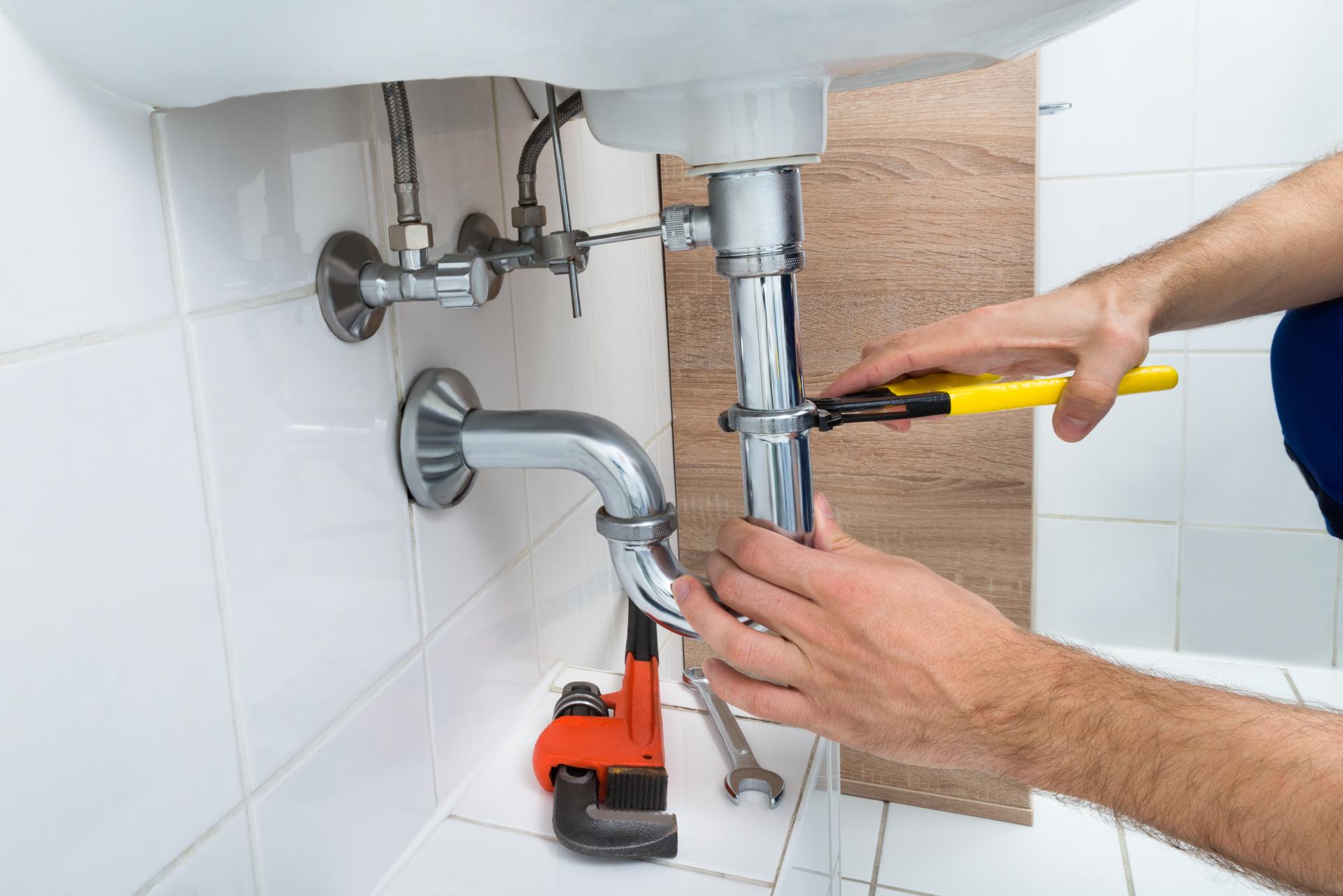Things to Watch Out For When Replacing Your Plumbing and What You Should Anticipate

Plumbing is an essential component of any home and provides us with safe water to drink, cook and cleaning, as for the disposal of waste. But, just like every other appliance in your home plumbing is prone to become worn out and need replacement.
Knowing when it’s time to replace your plumbing is essential to avoid costly repairs and avoid potential health risks. This article will discuss the signs that indicate that your plumbing requires to be replaced, the factors to take into consideration prior to replacing your plumbing the plumbing replacement process, the benefits of replacing your plumbing and a section on FAQs to answer any questions you may have.
The signs that it’s time to Replace Your Plumbing
There are a variety of indicators that suggest your plumbing is in need of being repaired, such as leaks If you see water spots or puddles in your house, it’s a sign of a plumbing leak. Leaks can cause serious damage to your home’s structure and may lead to mold growth and it’s important to take action immediately. Rusty pipes: Rusty pipes are a clear indication that your plumbing requires to be repaired or replaced. Rust can cause a contamination to your water supply and make it unsafe to consume or cook with. Low water pressure: If your faucets and showerheads are producing weak water flow is a sign of low pressure water, which is caused by corrosion of pipes or blockages. Water discoloration, such as brown or yellow, is an indication of sediment or rust buildup within your pipes. This can affect the taste and the quality of your water and may indicate the need for plumbing replacement.
Things to consider prior to replacing the plumbing
Before replacing your plumbing, there are many things to think about, including the age of the plumbing: Plumbing systems have a lifespan of about 50 years. So if your home is over that time, it’s most likely to be time to replace it. Cost of replacement: Replacing your plumbing can be expensive, so it’s essential to budget for the cost. The severity of the plumbing issue If the plumbing problems are extensive and affecting several parts of your house then replacement could be the most effective option.
What to Expect During the Plumbing Replacement Process
The replacement of plumbing requires various steps, which include: Shutting off your water source: Your plumber will have to shut off the water supply to your house to avoid water damage or leaks. Removing old pipes The old pipes will have to be removed, which may require cutting into floors or walls. Installing new pipes New pipes are installed, which might require rerouting to ensure the proper water flow. The timeline for replacing the plumbing will depend on the size of your property and the complexity of the task. The homeowners can anticipate some disruption throughout the process, such as water shut-offs as well as destruction to floors and walls.
Benefits of replacing plumbing
Replacing your plumbing offers several benefits, including: Increased water efficiency Plumbing pipes and fixtures have higher efficiency, reducing the amount of water you use and decreasing your utility bills. Improved water quality: Replacing old, corroded pipes with new ones will enhance the water quality and make it safer to drink and cooking. A lower risk of future plumbing issues The new plumbing is less likely to develop blockages or leaks, thus reducing the need for expensive repairs in the future.
Conclusion
The replacement of your plumbing is an expensive expense, but it’s necessary to ensure your home’s safety and peace of mind. If you know the indicators that tell you your plumbing is in need to be replaced, taking into consideration the reasons for replacement, and knowing what you can expect during the plumbing replacement process, you will be able to make an informed choice about the plumbing in your home. Be aware that replacing your plumbing can provide a variety of benefits, including increased efficiency in water use, improved water quality, and reduced risk of future plumbing problems.
FAQ Section
How much will it cost to replace plumbing?
The cost to replace your plumbing will vary based on several factors, including the size of your house as well as the complexity of the project, and the material used. On average, homeowners can expect to spend between $5,000 and $10,000 for a total house plumbing replacement.
How long does it take to change the plumbing?
The length of time needed for plumbing repair will depend upon the dimensions of your house and the complexity of the task. A typical whole-house plumbing replacement can take between two to four weeks.
Do I need to replace my plumbing system if there is a leak?
If you only have one leak in your plumbing, it might not need a full replacement. If you’re experiencing multiple leaks or observe other indications of plumbing issues, replacement could be the best choice.
Do I have the ability to replace my plumbing myself?
Replacing your plumbing is a complex task that should be delegated to an experienced plumber. Attempting to replace your plumbing by yourself can lead to costly errors as well as safety hazards.
What type of pipes do I need to use for my plumbing replacement?
There are a variety of plumbing pipes for replacement, including copper, PVC, and PEX. Your plumber will recommend the most suitable type of pipes based on your specific needs and budget. To conclude, replacing your plumbing is a crucial choice that must be taken with careful consideration. When you know the signs that suggest your plumbing requires replacing, weighing the elements that influence replacement and understanding what to expect during the replacement process, you will be able to make an informed decision regarding the plumbing of your home. A qualified plumber can help guide you through the process and guarantee the success of your plumbing replacement.
